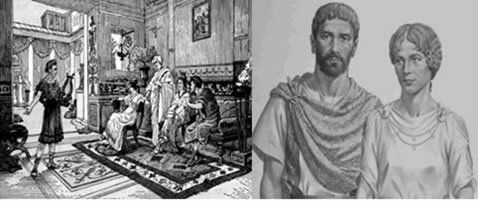O Salazar regime represented a period of extreme political repression in Portugal. Inspired by the dictates of the Italian and German totalitarian regimes, this dictatorship dominated the Portuguese political scene for more than four decades. The government, instituted by Antonio de Oliveira Salazar, suffered a strong opposition movement with his death in 1968. Salazar was replaced by Marcelo Caetano, who took the first steps in favor of the end of the dictatorial government.
Under a dictatorial regime, the Portuguese government imposed strong resistance against the independence movements that erupted in its African colonies. It is worth remembering that after the Second World War, several colonies around the world gained their independence after the great powers fought against Nazi oppression. It was possible for nations that defended freedom in Europe to retain their rule over scattered colonies in Asia and Africa.
Throughout the 1960s, Portuguese troops were sent to contain revolts in Angola, Mozambique and Guinea-Bissau. In the following decade, the economic crisis and the wear and tear caused by colonial conflicts provided conditions for the organization of a coup movement within the Portuguese Armed Forces. On April 25, 1974, middle-ranking officials managed to organize the overthrow of Marcelo Caetano, Antonio Salazar's successor.
Symbol
Do not stop now... There's more after the advertising ;)
The victory of the rebel officers was celebrated by the entire Portuguese population who, as a sign of support, distributed carnations to soldiers participating in the revolution. Because of this demonstration, the end of the Portuguese dictatorship was known as the Carnation Revolution. The new president António de Spínola abolished the Salazar political police and legalized the multiparty political system. At that moment, the left of the country organized to take power.
Left-wing politicians and military seized power through the so-called Movement of the Armed Forces (MFA). The government was divided between officers Costa Gomes, Otelo Saraiva de Carvalho and Vasco Gonçalves. Among other actions, the new government undertook the nationalization of banks and industries. In 1975, the Socialist Party won a majority in the new Constituent Assembly. A new military coup, now from the far left, tried to curb the rise of the socialists, but it was unsuccessful.
This last episode, which ended the revolutionary process, was followed by the approval of the 1976 Constitution. In that year's elections, General Antônio Ramalho Eanes, who contained the left-wing revolutionaries, won the presidential elections. Gradually, liberal economic measures and instruments that guaranteed individual freedoms were instituted by the following governments.
By Rainer Sousa
Master in History
Would you like to reference this text in a school or academic work? Look:
SOUSA, Rainer Gonçalves. "Carnation Revolution"; Brazil School. Available in: https://brasilescola.uol.com.br/historiag/revolucao-dos-cravos.htm. Accessed on June 27, 2021.

